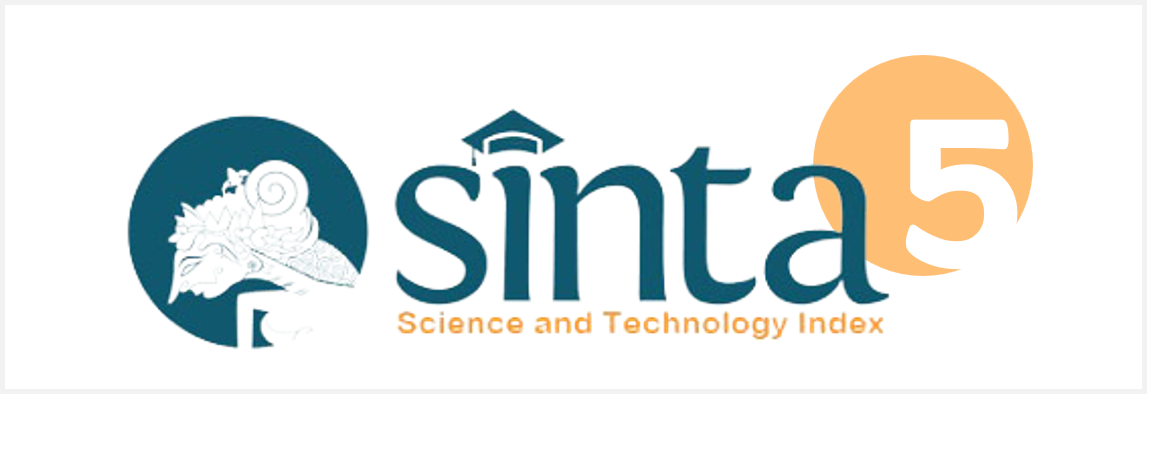Pemahaman Literasi Digital Penyebab Munculnya Hoaks
Abstract
ABSTRACT
The widespread circulation of fake news in society has caused unrest and wrong actions which are a response to such untrue news. This untrue news appears on social media and concerns the interests of the community, appearing in various fields of life such as social (friendship, brotherhood, colleagues), politics and economics. Even though the government has tried to block sources of fake news, the fact remains that these reports continue to emerge and create tension in social relations in society. This community service activity is carried out to provide knowledge and understanding of the causative factors behind the emergence of hoax. It was held in Kuningan Barat Village, South Jakarta, with participants from the PKK group of women in Kuningan Barat Village, South Jakarta. The implementation method is by exposure, discussion and testimony. In the discussion and testimonial sessions, the participants understood and agreed that hoax can appear in various forms depending on the motivation of the makers, whether political, social (including friendship) or economic motives. Participants understand that hoax will continue to appear for various reasons, so they are required to be alert and wise in understanding information. The causal factors behind the emergence of hoax include: to seek sensation and public attention, want to be the first to know and disseminate information, and think that news is true and useful.
Keywords
Full Text:
PDF (Bahasa Indonesia)References
Aminah, N. S. (2019). Dampak hoax di FB thd pemilih pemula. Jurnal Komunikasi Global, 8(1). https://jurnal.usk.ac.id/JKG/article/view/13565/10707
Astrini, A. (2017). Hoax dan banalitas kejahatan. Transformasi, 2. https://ejurnal.unisri.ac.id/index.php/Transformasi/article/view/1798
Haikal, H. (2020). Persepsi Masyarakat terhadap Hoax Bidang Kesehatan. Jurnal Manajemen Informasi Dan Administrasi Kesehatan (JMIAK), 3(2), 7–11. https://doi.org/10.32585/jmiak.v3i2.836
Juliani, R. (2017). Media Sosial Ramah Sosial Vs Hoax. Attanzir, 8, 146–147.
Lestari, P., Kusmantini, T., Chandrasari, Y., & Astari, D. W. (2021). Digital Media as COVID-19 Disaster Information Literacy. RSF Conference Series: Business, Management and Social Sciences, 1(4), 117–123. https://doi.org/10.31098/bmss.v1i4.363
Mulyana, D. (2017). Ilmu Komunikasi Suatu Pengantar (21st ed.). Remaja Rosdakarya.
Pakpahan, R. (2017). Analisis Fenomena Hoax Diberbagai Media Sosial Dan Cara Menanggulangi Hoax. Konferensi Nasional Ilmu Sosial & Teknologi (KNiST), 1(1), 479–484. http://seminar.bsi.ac.id/knist/index.php/UnivBSI/article/view/184
Rahadi, D. R. (2017). Perilaku Pengguna Dan Informasi Hoax Di Media Sosial. Jurnal Manajemen Dan Kewirausahaan, 5(1), 58–70. https://doi.org/10.26905/jmdk.v5i1.1342
Sari, E. N., Hermayanti, A., Rachman, N. D., & Faizi, F. (2021). Peran Literasi Digital Dalam Menangkal Hoax Di Masa Pandemi. Madani Jurnal Politik Dan Sosial Kemasyarakatan, 13(03), 225–241. http://www.e-jurnal.unisda.ac.id/index.php/MADANI/article/view/2799
Umam, K. (2012). Manajemen Organisasi. Pustaka Setia.
Widyaningsih, R., & Kuntarto. (2020). Motivasi Penyebaran Berita Hoax. Prosiding Seminar Nasional Dan Call for Papers ”Pengembangan Sumber Daya Perdesaan Dan Kearifan Lokal Berkelanjutan X”, 209–215.
DOI: https://doi.org/10.36914/jkum.v4i2.962
Refbacks
- There are currently no refbacks.
Copyright (c) 2023 Jurnal Karya untuk Masyarakat (JKuM)
Publisher: Sekolah Tinggi Ilmu Komunikasi dan Sekretari Tarakanita Copyright




